I have been creating replicas of ancient board games and thought you might enjoy learning some rules with me. Currently I have:
- Hnefetafl
- Daldøs
- The Royal Game of Ur
If you would like to commission me for one of my boards, check out the board game listings in my shop.
Hnefetafl (Tafl)
The Rules:
Objective:
– The Defenders (Inside player) want to get their king to one of the four corners of the board.
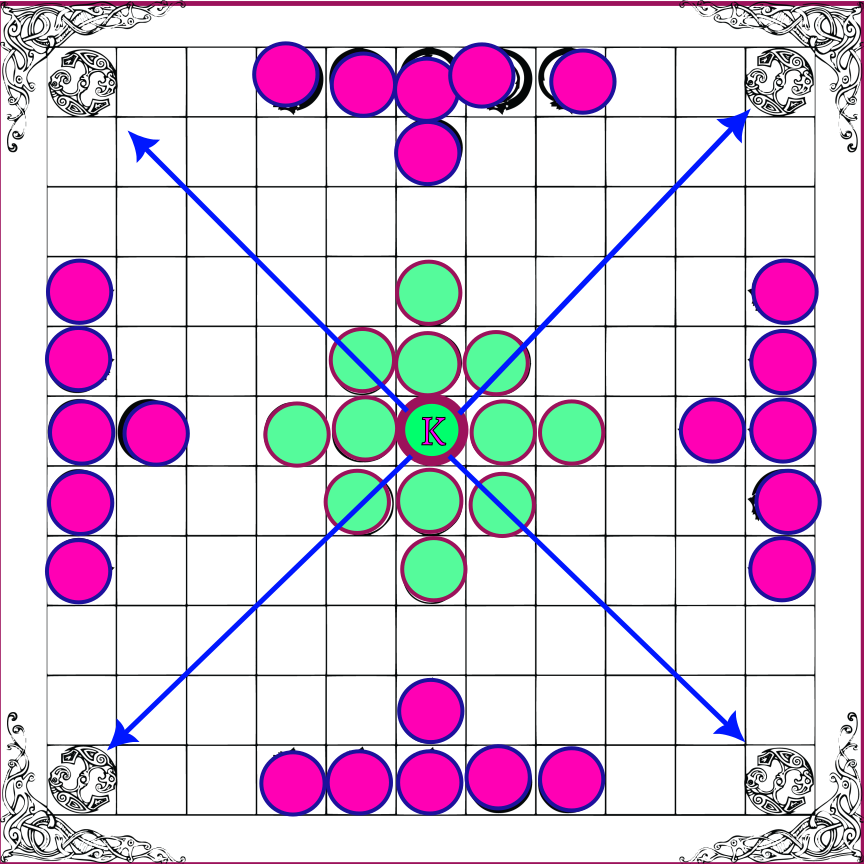
-The Attackers (Outside player) want to capture the king.
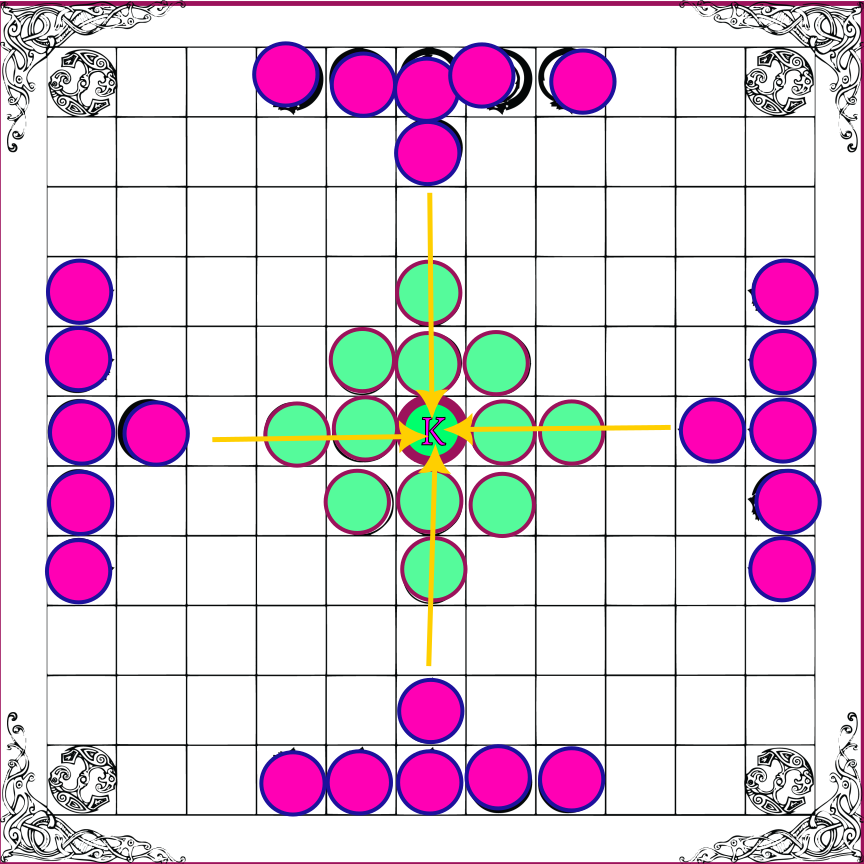
Movement:
-Every piece, king included, moves like a Rook in English chess – vertically or horizontally any number of spaces on the board.

-Jumping is not permitted.
-No diagonal movements.
Gameplay:
-Attackers move first.
-Primary mechanic is to capture pieces – done by flanking a piece, aka sandwiching your pieces on the sides or top and bottom of opponent pieces.
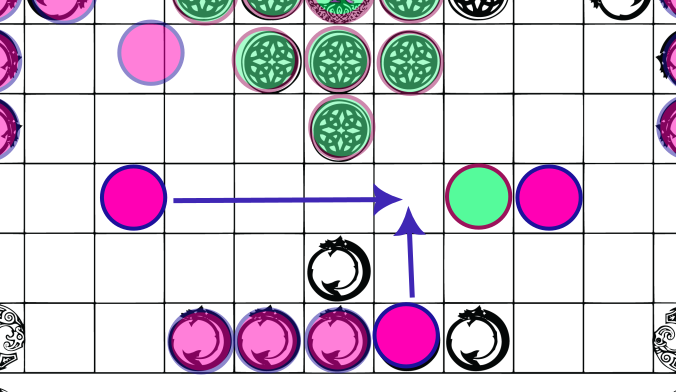
*****OR*****
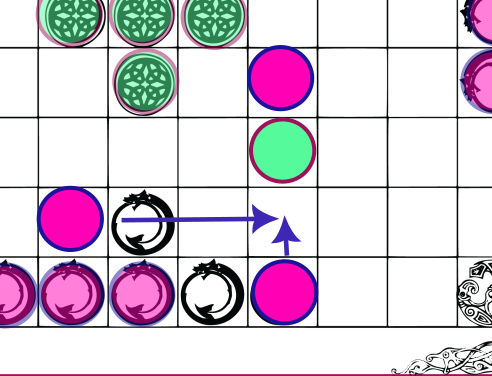
-You cannot sammich yourself. So you can enter the space safely:
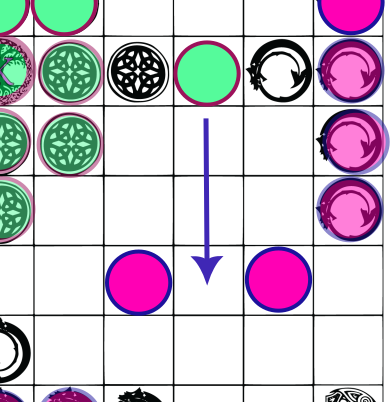
-A king cannot put themself in danger of a sammich (or “check”)
A king is considered “unarmed” and therefor is unable to sammich the attackers
-If a player moves the same move three times, the game is over – considered a Draw by repetition.
Special Board Spaces:
-Only the King can land on the corners of the board. It acts like a hostile piece to everyone else and can “capture” pieces with only one other piece.

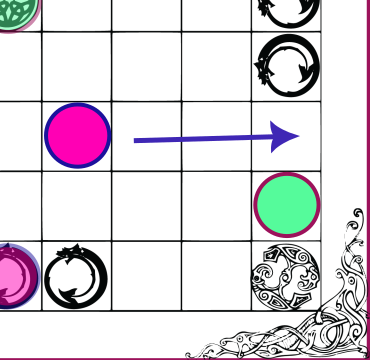
-Only the King can land on the “Throne” in the center of the board, but pieces can pass through it.
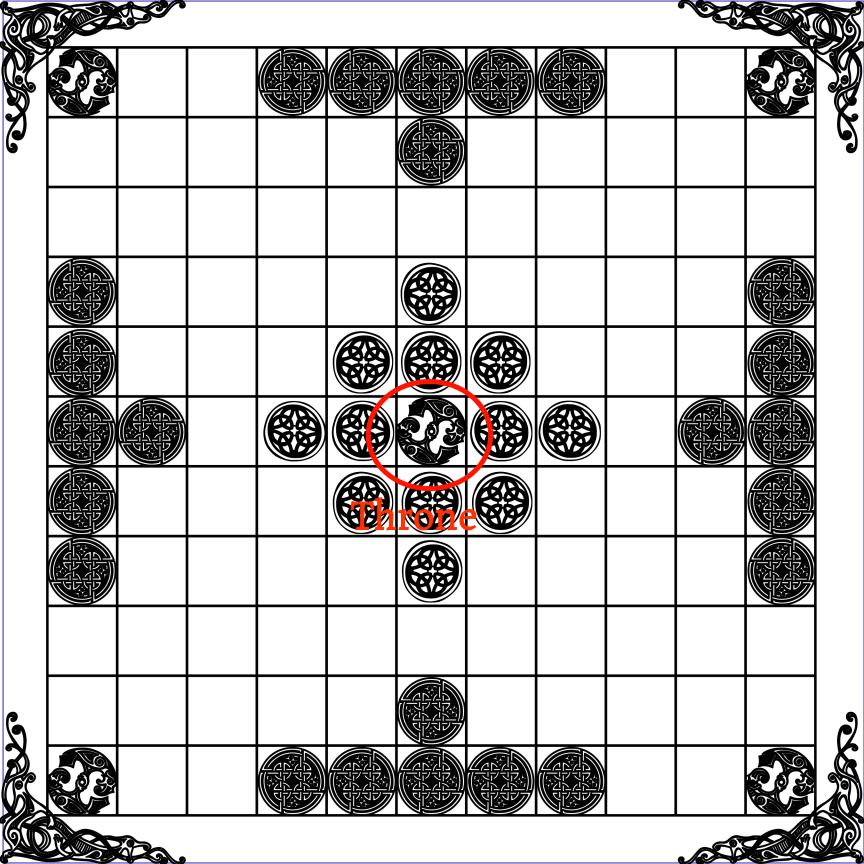
Other Fun Stuff:
There are a lot of house rules and a load of variations that can shorten or prolong a game. For example:
-The King has to be surrounded onf FOUR sides instead of two in order to be captured (lengthens game)
-The King only has to reach the sides in order to win (shortens game)
Once you get tired of the basics, research many more variations or come up with your own!
Daldøs
A ship combat game that is similar to Parcheesi/Sorry – except people die.
The Board
The board consists of three rows, the upper and lower rows have 16 spaces, and the center has 17. The additional space is at the bow (front) of the ship.
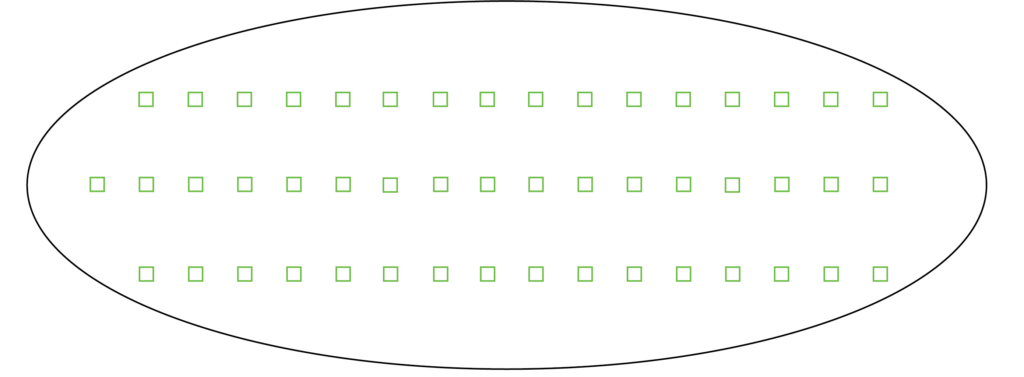
To set up, each player places all 16 of their pieces on the side facing them. The side with your pieces is called the “Home Row.”
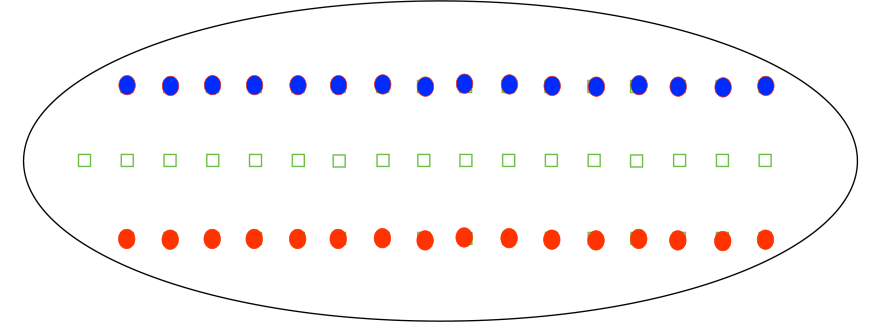
Mechanics
Each player takes turns rolling two 4-sided dice until one player rolls a 1. (in historical replicas of the game, the 1 may be replaced with an A, a V, or an X.) The player may then flip the piece closest to the Stern (back) of the ship to “activate” (or Dal) the piece, then move forward one space. The piece may then move according to the number on the second dice, 1-4 spaces.
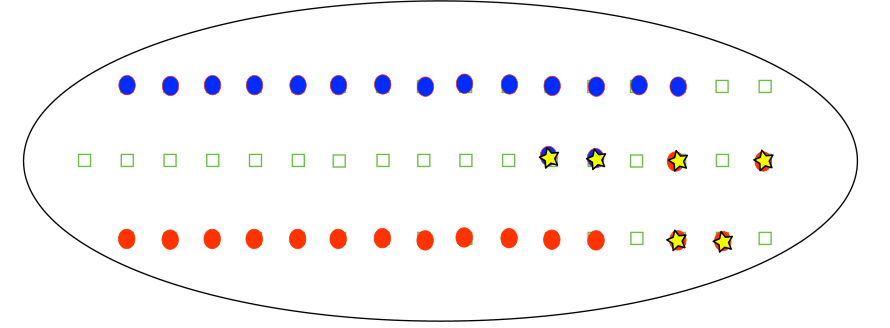
Movement
A player can’t take a turn until they have an active piece.
When a player has an active piece, roll both dice to determine the spaces of movement. You can either move two pieces using the number on one dice each, or one piece using the total of both dice.
Example:
Player rolls a 2 and a 3, and has two active pieces. They can move one piece two spaces, and one piece three spaces. OR they can move ONE piece five spaces (total of both dice.)
**If a player rolls doubles, they can have another turn.**
Once a piece has left the Home Row, the piece will no longer return to the Home Row. You will only move from Stern to Bow in the middle row, then move Bow to Stern on the opponent’s Home Row.
Example – First lap:
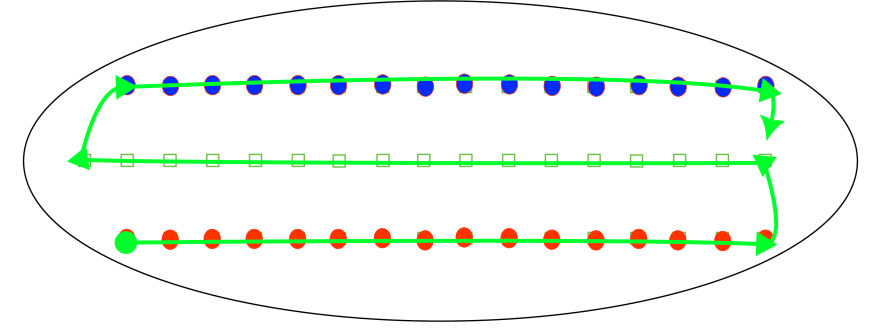
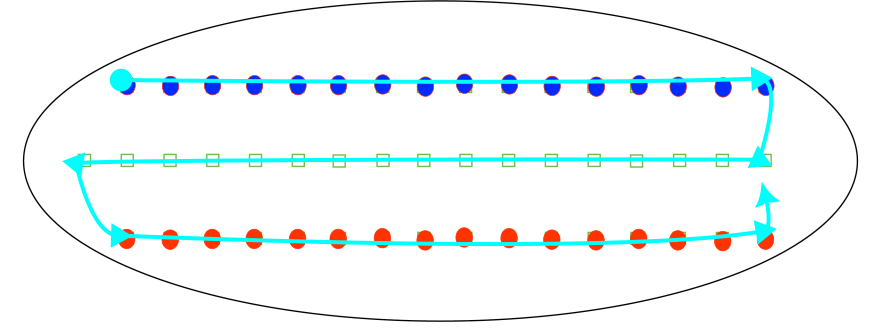
Consecutive laps:
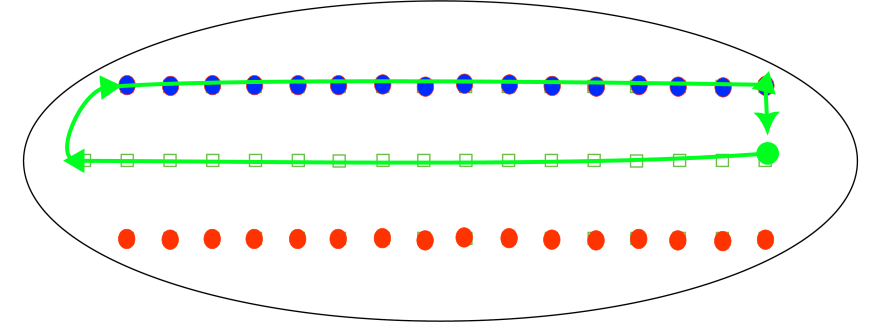
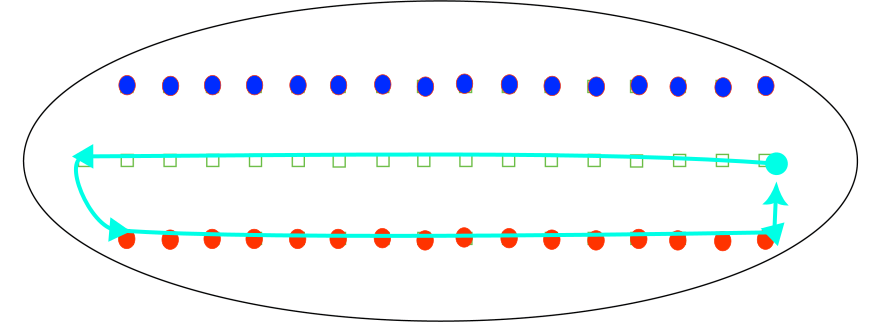
Capturing
To capture a piece, simply land on a space with the opponent’s token on it. The piece then gets removed from the board.
A player cannot move to a space occupied by their own piece, and a player cannot move THROUGH their own pieces. But they can move through an opponent’s pieces.

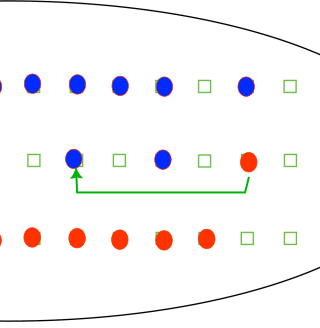
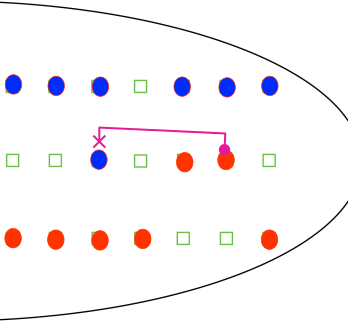
Win
A player wins when the opponent has only one piece remaining.
Royal Game of Ur aka Twenty Squares
Similar to Daldøs, but less violent. A racing game where pieces can get back on the board instead of being permanently eliminated.
Thare are SO. MANY. theories and texts on how this game is actually played. The main references make this a very simple game with variations on the track, as well as adding a betting pool to make it more interesting. There are also some speculation on the significance of the symbols on the board itself since the exact inscriptions are found in many discovered boards.
All I can say is once you get bored of the basics, do some research into new variations. Here I will be explaining the simplest version for easy learning.
Board
The board is composed of 20 squares in a configuration of what I can only describe as a spaceship.
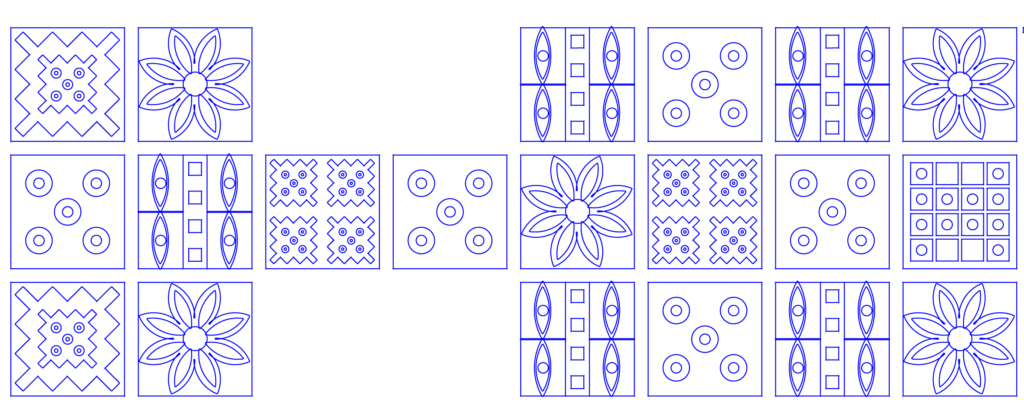
There’s a variety of symbols on the board, but the only ones that are significant are the Rosettes:
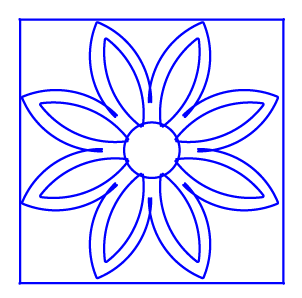
There are five Rosettes on the board and they are considered safe spots.
Mechanics
Each player has 7 game pieces (sometimes five, depending on how long you want the game) that must move from the start to the finish of the track. This is the simplest track that is commonly accepted:


Dice and Movement
Ur uses four tetrahedral (pyramid, or d4) dice, each with two marked corners. For each marked corner facing up, player can take a piece and move one space, with a possibility of 0-4 spaces.





First roll to determine who goes first, player with the highest number.
Move your pieces along the track towards your finish line. Multiple pieces cannot occupy the same square, unless it is a Rosette.
In order to leave the board, your piece must land on the EXACT roll.
For example, if you are three spaces away from the finish line, you have to either roll one three in one turn, a one and a two in two turns, or three ones. The jump off the board counts as one space.
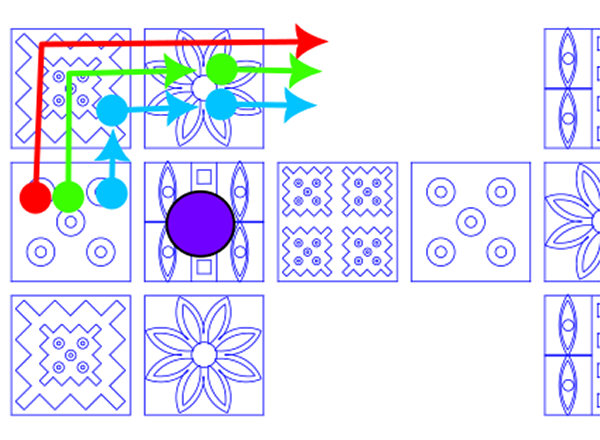
If the player cannot move, player skips turn.
Bumping
If you land on the same space as an opponent, the opponent’s piece goes back to the beginning and must start again. However, if you land on a Rosette, the opponent is safe and you cannot bump it off the board.
And that’s the game. If you want to delve into historians fighting with each other in the interpretation of this game, take a look around the fantabulous world of the internet.
